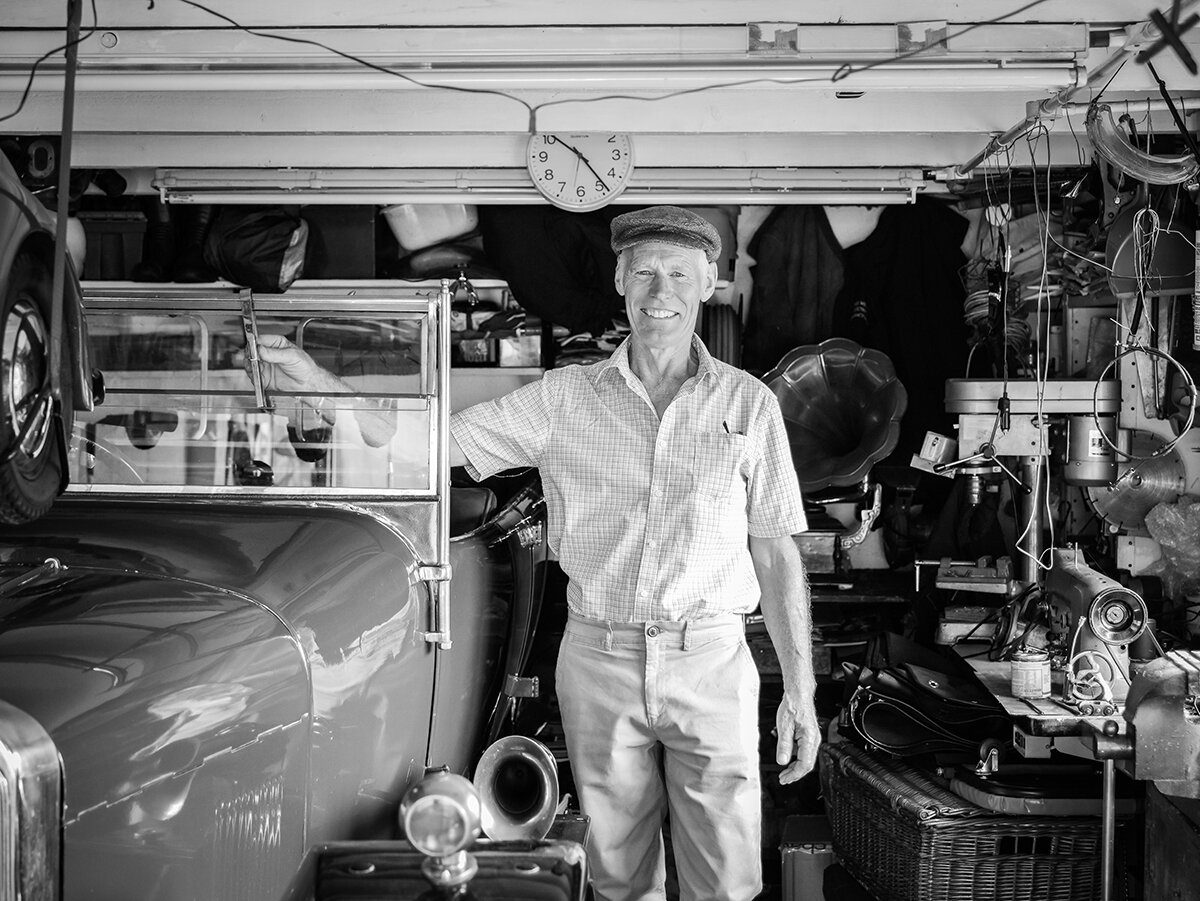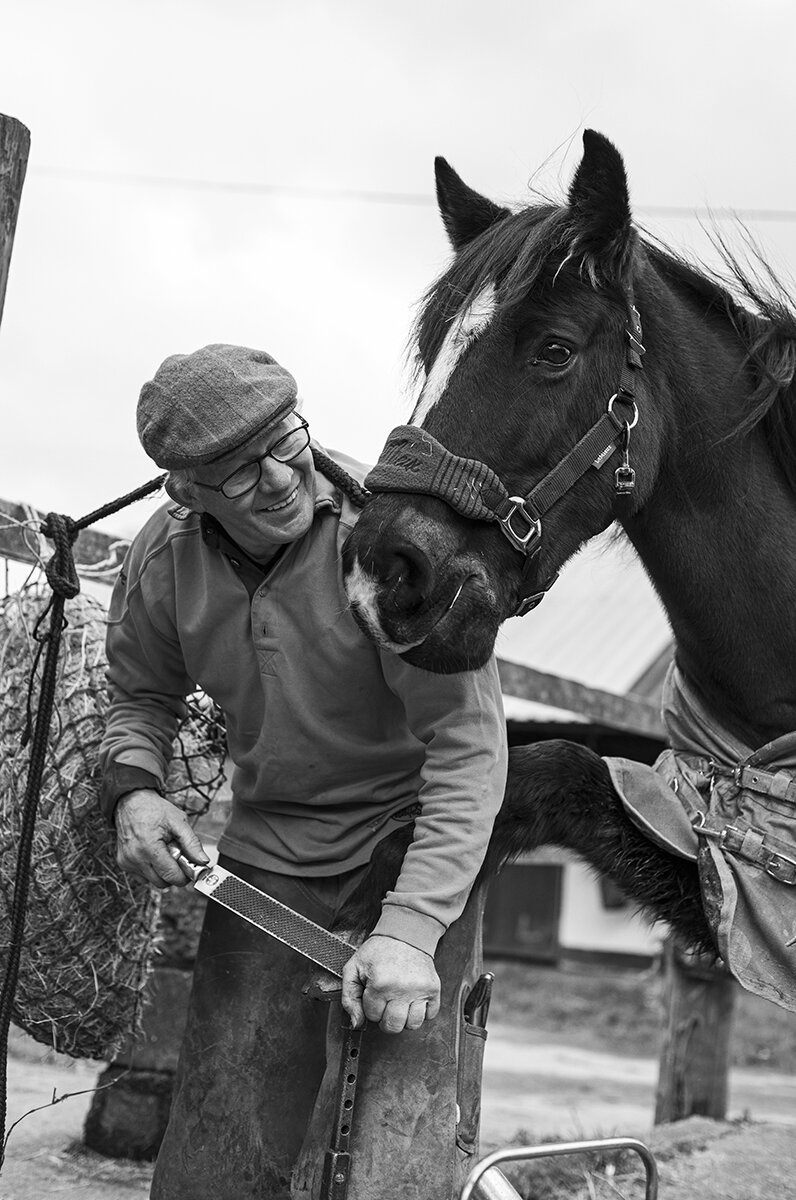- Bob Trett, retired museum curator (Newport)
Bob Trett (Emma Drabble)
The Severn ranks as one of the world’s most important navigable waterways. It has done since the Bronze Age.
The Levels is “a hugely complicated area,” explains former Newport Museum curator and Newport Ship saviour, Bob Trett. “The estuary is made up of layers of peat and alluvium or clay, and each tide drops down extra layers of mud.” Occasionally a storm or tidal surge will scour away at these layers exposing evidence of the past. Assisted by local detectorists, Bob has logged some of the 20th century’s most exciting finds on the Levels. There was an Iron Age village at Goldcliff Pil and, near Magor Pil, an ancient submerged road. (It was named the Upton Trackway in honour of ex-steel worker turned archaeologist Derek Upton.)
Sections of Bronze Age craft have been discovered along with the Barland longboat, which dates from Roman times; the now famous 15th century Newport Ship and an almost complete 200-year-old canal boat. They’ve even found a World War Two Spitfire.
“Having started with virtually nothing, we’ve finished up with an important collection. And it’s amazing what you find out there: the president of Gwent Wildlife Trust discovered an enormous long bone. When we got an identification done it turned out to be the leg bone of a giraffe!”
Life on the Levels Interview
Former curator at Newport Museum, Bob Trett charts his career on the Levels and the extraordinary archaeological finds during his tenure. He was a key figure in saving the Newport Ship and describes the battles that had to be fought. He describes the rich finds along the Levels and the mudflats.

























